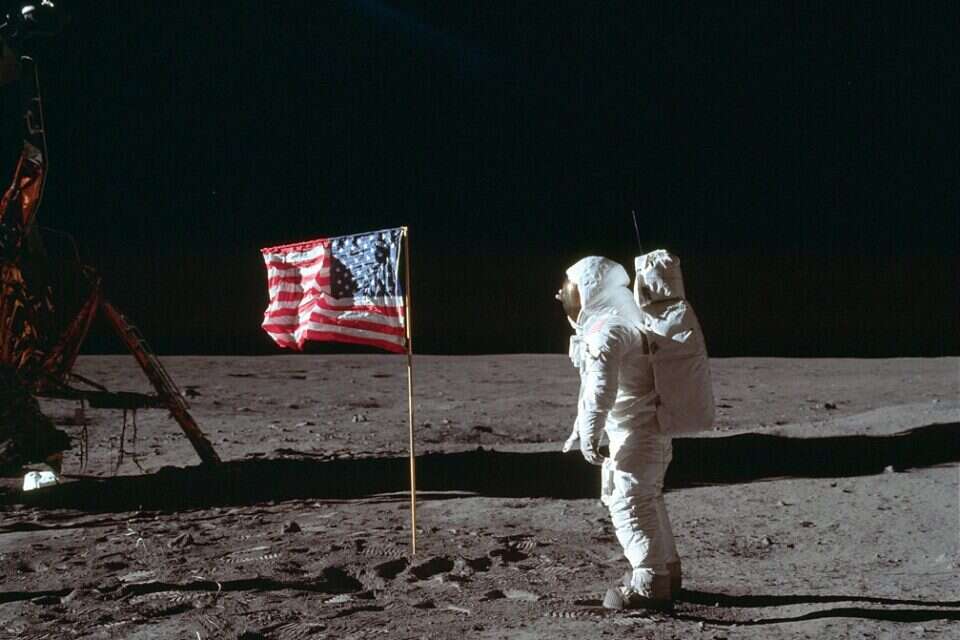The plans to return humans to the surface of the moon have been repeatedly postponed, and at the moment it is not certain that they will happen at all in the current decade.
But beyond that, scientists recently discovered a new detail that may cloud all future human plans for the moon.
We enlisted the help of Claude to explain why enthusiasm for the moon is waning.
New research shows that as the moon's interior cooled over hundreds of millions of years, its circumference decreased by more than 45 meters.
This contraction created internal wrinkle-like fault lines, capable of causing continuous earthquakes on the moon's surface.
One such earthquake was linked by the scientists to a group of fault lines in the South Pole region, near sites proposed as possible targets for the landing of the Artemis III mission in 2026 (and beyond).
Unlike short earthquakes, this one shook the surface of the moon for hours.
The loose and unstable lunar soil means that such tremors can easily cause dangerous landslides, especially in areas with a steep slope.
The lead author of the study, Dr. Thomas Waters, says that when planning future missions to the moon - and especially the establishment of a permanent human colony - one must take into account the locations of the fault lines and the fact that they are still developing and very active. This is ground activity of a type unknown to us on Earth, so the full consequences What is clear is that the moon continues to contract slowly and gradually, and its surface is constantly changing as a result.
Researcher Nicholas Schmer explains that "this work helps us prepare for what awaits us on the moon - whether it's engineering structures that can better withstand the seismic activity of the moon or protecting people from very dangerous areas."
were we wrong
We will fix it!
If you found an error in the article, we would appreciate it if you shared it with us

